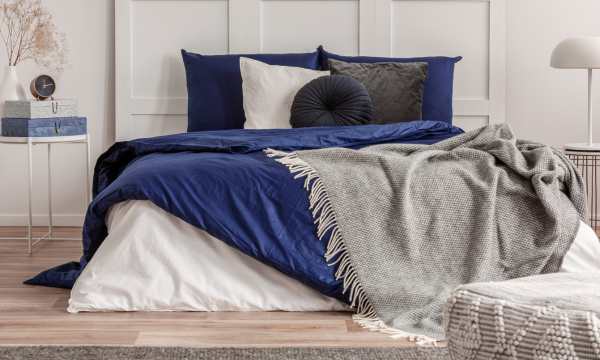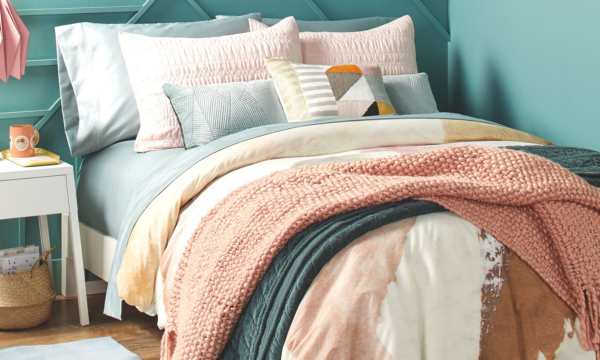Snuggle Sustainably: 5 Eco-Friendly Blanket Materials
FAQs:
1. Why is bamboo considered a sustainable material for blankets?
Bamboo is considered sustainable because it grows quickly, requires no fertilizer and minimal water, and does not need to be replanted after harvest because it can regrow from its own roots. Bamboo’s rapid growth and low environmental impact make it an environmentally friendly choice. In addition, bamboo blankets are soft, breathable and have natural antibacterial properties, which is good for both the user and the environment.
2. How does organic cotton differ from conventional cotton in terms of sustainability?
Organic cotton is grown without the use of synthetic pesticides and fertilizers and focuses on water efficiency, significantly reducing its impact on the environment compared to conventional cotton. This approach supports biodiversity and healthier ecosystems and improves soil quality. Organic cotton blankets are not only durable but also soft, durable and breathable.
3. How does recycling polyester help the environment?
Compared to the production of virgin polyester, recycling polyester benefits the environment by reducing the amount of waste sent to landfills and oceans, conserving natural resources and reducing greenhouse gas emissions. Using recycled polyester in blankets reuses plastic bottles and textile waste, reduces dependence on petroleum as a raw material and promotes a circular economy.
4. What are the benefits of Tencel Lyocell fibers for users and the environment?
Tencel Lyocell is produced using a closed process where almost all the water and solvents used are recycled, making it environmentally friendly. The raw material, wood pulp from eucalyptus trees, comes from sustainably managed forests. For users, Tencel Lyocell offers superior softness, breathability and moisture-wicking properties, making it ideal for sensitive skin and warm climates. Its sustainable production and comfort properties make it good for both the environment and the consumer.
5. How can consumers ensure that they are purchasing a truly environmentally friendly wool blanket?
Consumers can look for certifications such as the Responsible Wool Standard (RWS), which guarantees that wool comes from farms that practice sustainable land management and animal welfare. Additionally, seeking information about the purchasing and manufacturing practices of companies that sell wool blankets can provide insight into their commitment to sustainability. Ethically produced wool blankets are renewable, biodegradable and provide natural temperature regulation, making them an eco-friendly choice for sustainability-minded consumers.
 Cover Up in Comfort: Understanding Blanket Sizes
Cover Up in Comfort: Understanding Blanket Sizes
When shopping for clothes, it can be difficult to figure out what to buy, especially when it […]
More Find Your Perfect Match: 7 Types of Blankets for Every Season
Find Your Perfect Match: 7 Types of Blankets for Every Season
In our quest for year-round comfort, blankets have not only become an important part of our lives, […]
More The Ultimate Blanket Buying Guide: 5 Key Factors
The Ultimate Blanket Buying Guide: 5 Key Factors
A simple blanket is one of the most important things we own if we want to live […]
More